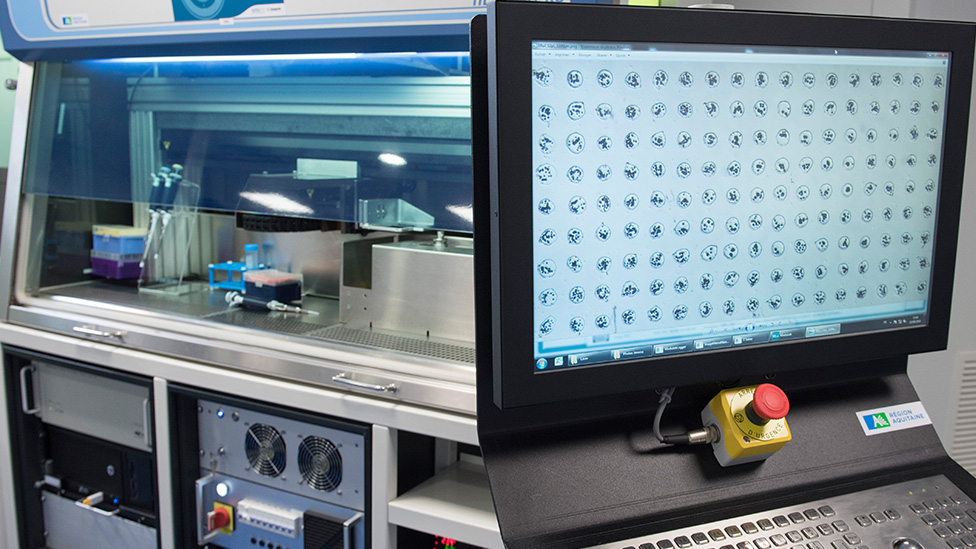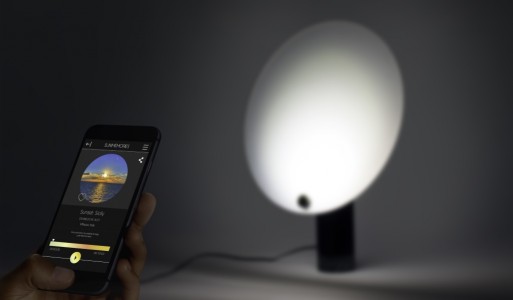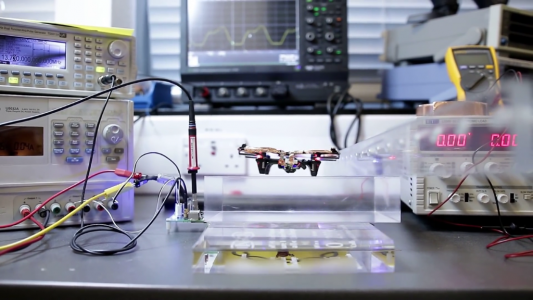Innovation Lab: Printable Hair, Recordable Sunlight and Squishy Robots
- Friday, September 30th, 2016
- Share this article:
At Mobile Marketing were proud to help tech companies showcase their cutting-edge solutions, whether its on our website, in our magazine or at our Mobile Marketing Summits. Giving a platform to companies that are breaking new ground in their market brings audiences one step closer to the ideas and developments that will shape tomorrow.
In that spirit, our Innovation Lab feature takes a step beyond the world of apps, ads and handsets with slightly bigger screens, in order to share some of the tech worlds innovative ideas. They might be interesting, disruptive or just outright strange, but these are the stories that have caught our eye over the past week.

LOréal Team with Biotech Firm for Printable Hair
Beauty brand LOréal has announced a research partnership with biotechnology firm Poietis that will aim to create artificial hair follicles using a bioprinter which can then be implanted in humans.
LOréal already has considerable expertise in hair biology and tissue engineering in its research departments, and the partnership will put it use by combining it with Poietis laser-assisted bioprinting technology.
The bioprinter can position cells in 3D at a resolution of just ten microns, or one hundredth of a millimeter, successively layering them using micro-drops of bioinks. The tissue created is then matured for around three weeks before it can be used in tests.
“For LOréal, the combination of our respective areas of expertise opens up the possibility of previously unheard of acheivements in the field of hair.” said José Cotovio, director of predictive methods and models for L’Oréal Research & Innovation. “This research partnership is very stimulating for the Advanced Research teams.”
Nissan Chair Will Let You Snooze While You Queue
British people might like to think were the world leaders when it comes to queuing, but Nissans latest creation demonstrates that weve been overtaken by the Japanese, who have designed a chair that does your queuing for you.
The chair is based on the car manufacturers ProPilot autonomous driving technology which aims to ease driver workload in heavy highway traffic. Likewise, the ProPilot Chair aims to eliminate the tedium and physical strain of standing in line for long periods of time.
Using the autonomous driving technology, the chair detects and automatically follows the next chair ahead of it, maintaining a fixed distance and travelling along a set path before returning to the end of the queue when it reaches the front and is vacated.
Restaurants in Japan will be able to compete for a set of the chairs, which will be released next year, using the hashtag #NissanProPilotChair, and a group of six are currently on exhibition in the public gallery at Nissans global headquarters in Yokohama.
 Smart Lamp Can Replay a Sunset For You
Smart Lamp Can Replay a Sunset For You
Sun Memories, the latest creation by Italian design agency Olive Creative Lab, share a lot of functions with many of the other smart lighting systems that have emerged in the past few years, but how it uses them is unique.
The lamp comes with a puck-shaped sensor that can be carried around or deployed outside to record up to six hours of sunshine, measuring the colour and intensity of the light, and even tracking the changes as clouds move across the sky.
The lamp can then recreate these changes in light indoors, bringing a bright spring morning or a magical sunset to life in the comfort of your living room. Users can even save different recordings to a lighting playlist for different moods or occasions.
3D-printed Octobot Uses Chemical Reactions as Electronics
A team of Harvard University researchers working in 3D printing, mechanical engineering and microfluidics has created the worlds first autonomous, untethered soft robot that requires no rigid components such as batteries or circuit boards.
The robot, nicknamed the Octobot, was inspired by real-life octopi and is powered by a chemical reaction between platinum and hydrogen peroxide, with a microfluidic logic circuit used to control the reaction and replace the circuit board, autonomously directing the fuel and triggering movements.
“One long-standing vision for the field of soft robotics has been to create robots that are entirely soft, but the struggle has always been in replacing rigid components like batteries and electronic controls with analogous soft systems and then putting it all together,” said Robert Wood, the Charles River Professor of Engineering and Applied Sciences at Harvards John A Paulson School of Engineering and Applied Sciences.
 This Drone Can Fly Forever
This Drone Can Fly Forever
The traditional way to extend a drones flying time is to give it a bigger battery, but batteries are heavy, adding weight that will in turn reduce flight time. Dr Samer Aldhaher at Imperial College London has a novel solution – take the battery out altogether, and use wireless power.
Dr Aldhaher made a simple proof-of-concept drone to demonstrate that wireless charging was possible for such devices, and the resulting quadcopter, though small, was able to hover and make simple maneuvers.
Dont expect to see unmanned vehicles circumnavigating the globe quite yet, though. The drone can only stray around five inches from its wireless charging station before its loses the power connection and falls out of the sky. Still, its a first step on a journey that could revolutionise how we use drones.
















